GiambattistaTiepolo:
146 Master Drawings
By Blagoy Kiroff First Edition ***** Giambattista Tiepolo: 146 Master Drawings ***** Copyright 2015 by Blagoy Kiroff
Foreword
G iovanni Baptista (Giambattista) Tiepolo was Italian painter, part of a Venetian family of painters, draughtsmen and etchers. The greatest member of the family was Giambattista Tiepolo, the sixth and last child of Domenico Tiepolo, a merchant, and Orsetta, whose maiden name is not known. He was baptized Giovanni Battista after his godfather, Giovanni Battista Dori, a Venetian nobleman, on 16 April 1696 in S Pietro di Castello, the family's local church and at that time the cathedral of Venice. Although their name belonged to one of the oldest and most distinguished of Venetian patrician families, this Tiepolo family did not claim noble lineage. However, perhaps through business connections, not only Giambattista but some of his siblings acquired highborn godparents. Domenico died about a year after Giambattista's birth, and it is possible that Orsetta brought up her children - all fewer than ten at the time of their father's death - in straitened circumstances.
In 1719 Giambattista married Maria Cecilia Guardi, sister of the painters Giovanni Antonio and Francesco Guardi. Of their ten children, four daughters and three sons survived to adulthood. One of the sons, Giuseppe, entered the priesthood and the other two, Giandomenico Tiepolo and Lorenzo Tiepolo, became painters and assistants to their father. Giambattista Tiepolo was the last of the great Venetian decorators, the purest exponent of the Italian Rococo, and arguably the greatest painter of the 18th century. He was trained under an obscure painter named Lazzarini but was really formed by the study of Sebastiano Ricci and Piazzetta among living painter and Veronese among the older masters. He was received into the Fraglia (Guild) in 1717 but had already painted the Sacrifice of Abraham (1715-16, Venice, Ospedaletto), a dark picture very much in the manner of Piazzetta and the 17th century generally.
In 1719 he married the sister of Guardi and at about this time his own lighter and loose style began to form. His first great commission for fresco decorations came in 1725, when he began the work in the Archbishop's Palace at Udine (completed 1728). These already show the virtuosity of his handling, the light tone and pale colours necessitated by fresco obviously helping him to break free from the dark Piazettesque models he had previously followed. The Udine frescoes also show him developing as the creator of a world in steep perspective beyond the picture plane, with the architecture receding into dizzy distances. The highly specialized work of painting these architectural perspectives was done by Mengozzi-Colonna, who did this work for Tiepolo for most of his life. 1735-40, Verolanuova, Parish Church), each of which is about 10 m high. 1735-40, Verolanuova, Parish Church), each of which is about 10 m high.
The frescoes of this period culminate in the Antony and Cleopatra series in the Palazzo Labia, Venice, which were probably finished just before 1750, when he left Venice for Warzburg. He was invited to decorate the ceiling of the Kaisersaal in the Residenz at Warzburg by the Prince-Bishop, Karl Phillip von Greiffenklau, and Tiepolo and his sons Giandomenico and Lorenzo arrived in Warzburg at the end of 1750 and remained there until 1753, replacing Johann Zick, a German pupil of Piazzetta. He painted the staircase with frescoes, some overdoors, and some altarpieces as well as the Kaisersaal, helped in the gigantic task by both his sons as well as several assistants. The Palace itself is a superb example of German Rococo architecture and the combination of architecture and painting into one vast and airy allegory - apparently referring to the Prince-Bishop as a patron, but including Barbarossa and German history - is perhaps the most successful even in Tiepolo's career. In 1755, after his return to Venice, he was elected first President of the Venetian Academy and in 1761 he was invited to Spain to decorate the Royal Palace in Madrid by Charles III. He arrived in 1762, with his sons and assistants, and painted the huge ceilings in the Palace in four years.
In 1767 Charles commissioned seven altarpieces for Aranjuez, but Tiepolo's last years in Spain were embittered by intrigues on behalf of Mengs, the representative of that Neoclassicism which was soon to condemn his kind of splendid and carefree painting as frivolous. He died suddenly in Madrid. Tiepolo was equally prized as a draftsman: his powers of invention were boundless and his facility without equal. His enormous output of frescoes and altarpieces was partly due to his practice (like Rubens before him) of painting small 'modelli' which, when approved by the client, could be carried out by his skilled assistants under his own supervision. Scores of these modelli and sketches survive, together with hundreds of drawings. He painted very few portraits.
He also etched many plates, and, with Marco Ricci, was one of the founders of the great school of 18-century Venetian etchers.
Drawings

A Sheet of Several Studies

T his is a characteristic double-sided sheet by the young Giovanni Battista Tiepolo, clearly strongly influenced by Piazzetta, as the old attribution on the drawing indicates. There are about sixteen known drawings which must have come from the same album. These are all numbered between 7 and 66 and bear the same old attribution to Piazzetta in pen and ink at the top left-hand corner. Five are in the Accademia di Carrara, Bergamo and four were published by Ugo Ruggeri as Giambattista Tiepolo and related to his frescoes, painted in 1726 for the gallery of the Archbishop's Palace, Udine.

Detail

Head of Giulio Contarini, in three-quarter profile, after Alessandro Vittoria Red and white chalk on blue paper, watermark three crescents

Detail

Punchinelli preparing a meal of gnocchi and parmesan cheese Black chalk, pen and brown ink, brown wash T here are just over two dozen documented drawings by Giovanni Battista Tiepolo of Punchinello, the buffoon character that originated in 17th Century popular theatrical productions or commedia dell'arte.

Detail

Head of Giulio Contarini, in three-quarter profile, after Alessandro Vittoria Red and white chalk on blue paper, watermark three crescents


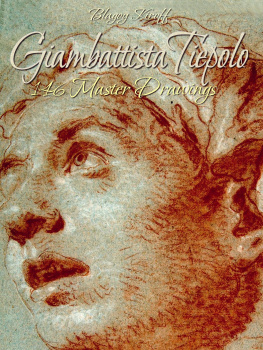
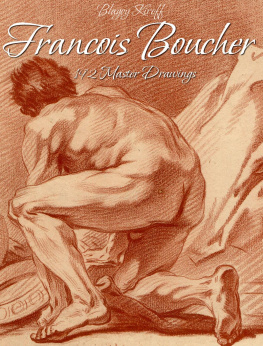
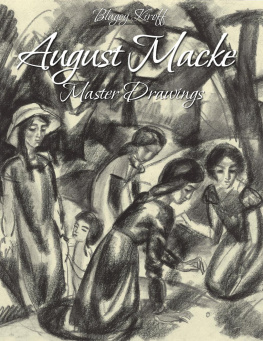
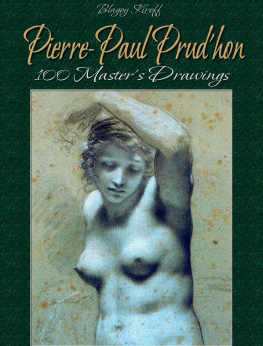
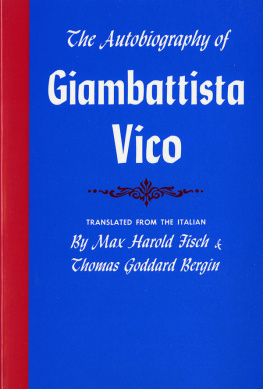
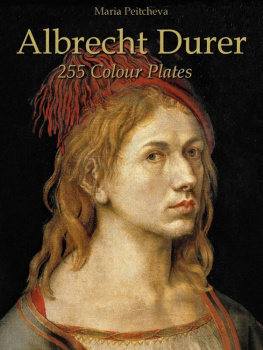
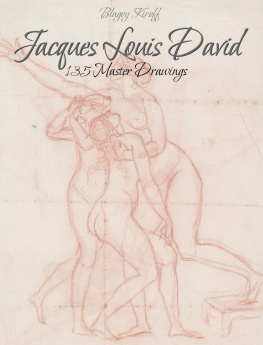
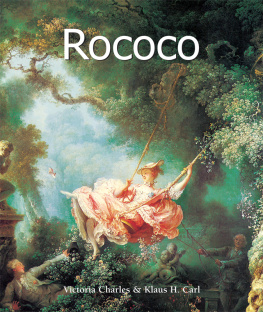
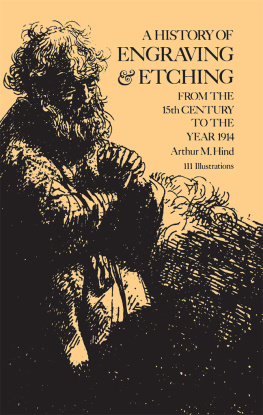
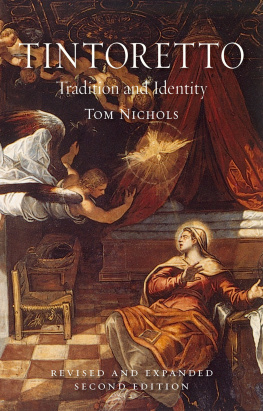
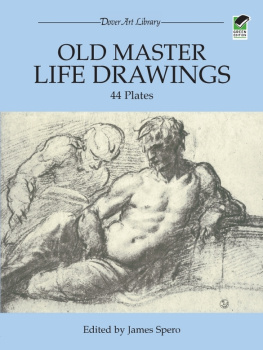


 A Sheet of Several Studies
A Sheet of Several Studies  T his is a characteristic double-sided sheet by the young Giovanni Battista Tiepolo, clearly strongly influenced by Piazzetta, as the old attribution on the drawing indicates. There are about sixteen known drawings which must have come from the same album. These are all numbered between 7 and 66 and bear the same old attribution to Piazzetta in pen and ink at the top left-hand corner. Five are in the Accademia di Carrara, Bergamo and four were published by Ugo Ruggeri as Giambattista Tiepolo and related to his frescoes, painted in 1726 for the gallery of the Archbishop's Palace, Udine.
T his is a characteristic double-sided sheet by the young Giovanni Battista Tiepolo, clearly strongly influenced by Piazzetta, as the old attribution on the drawing indicates. There are about sixteen known drawings which must have come from the same album. These are all numbered between 7 and 66 and bear the same old attribution to Piazzetta in pen and ink at the top left-hand corner. Five are in the Accademia di Carrara, Bergamo and four were published by Ugo Ruggeri as Giambattista Tiepolo and related to his frescoes, painted in 1726 for the gallery of the Archbishop's Palace, Udine.  Detail
Detail  Head of Giulio Contarini, in three-quarter profile, after Alessandro Vittoria Red and white chalk on blue paper, watermark three crescents
Head of Giulio Contarini, in three-quarter profile, after Alessandro Vittoria Red and white chalk on blue paper, watermark three crescents  Detail
Detail  Punchinelli preparing a meal of gnocchi and parmesan cheese Black chalk, pen and brown ink, brown wash T here are just over two dozen documented drawings by Giovanni Battista Tiepolo of Punchinello, the buffoon character that originated in 17th Century popular theatrical productions or commedia dell'arte.
Punchinelli preparing a meal of gnocchi and parmesan cheese Black chalk, pen and brown ink, brown wash T here are just over two dozen documented drawings by Giovanni Battista Tiepolo of Punchinello, the buffoon character that originated in 17th Century popular theatrical productions or commedia dell'arte.